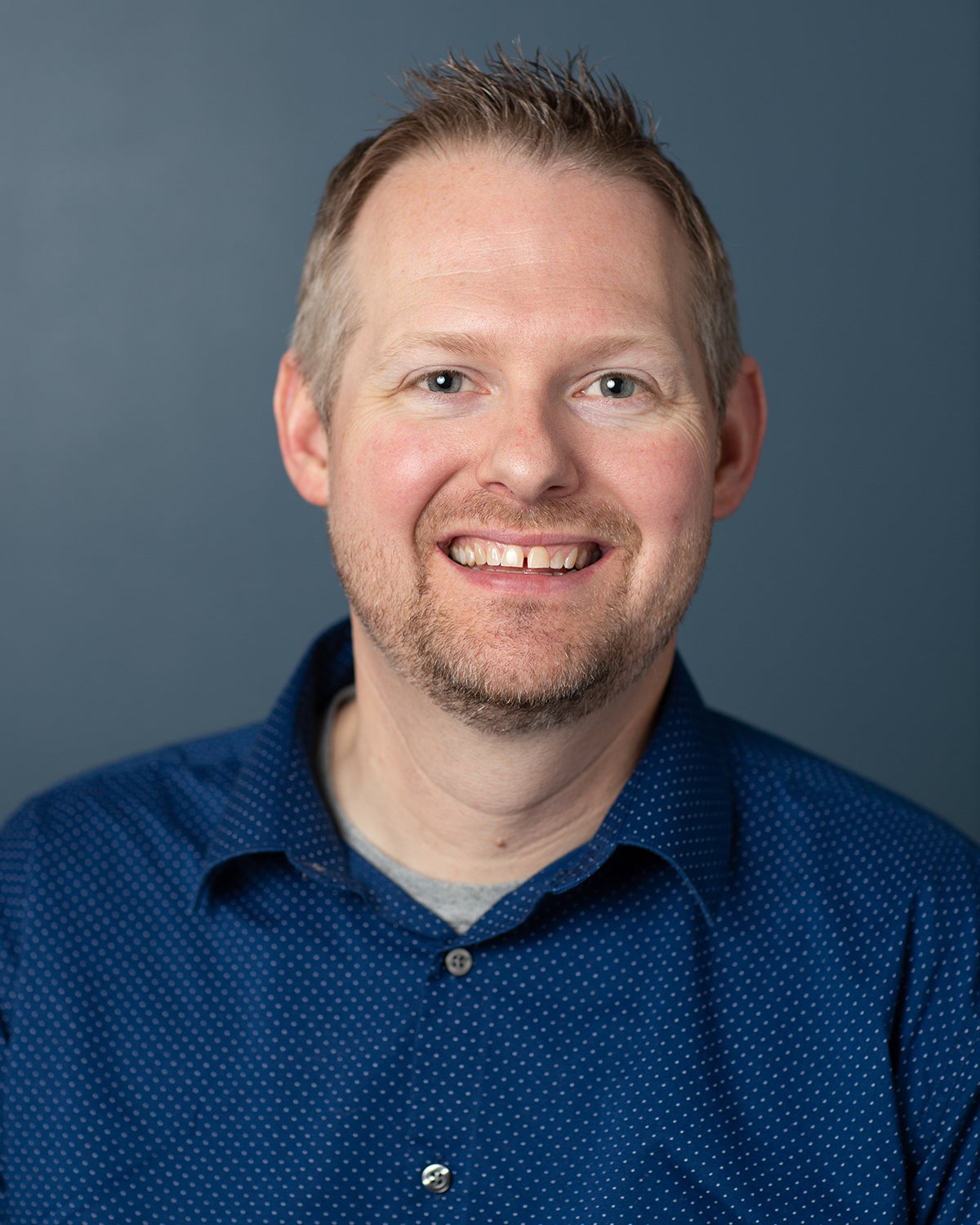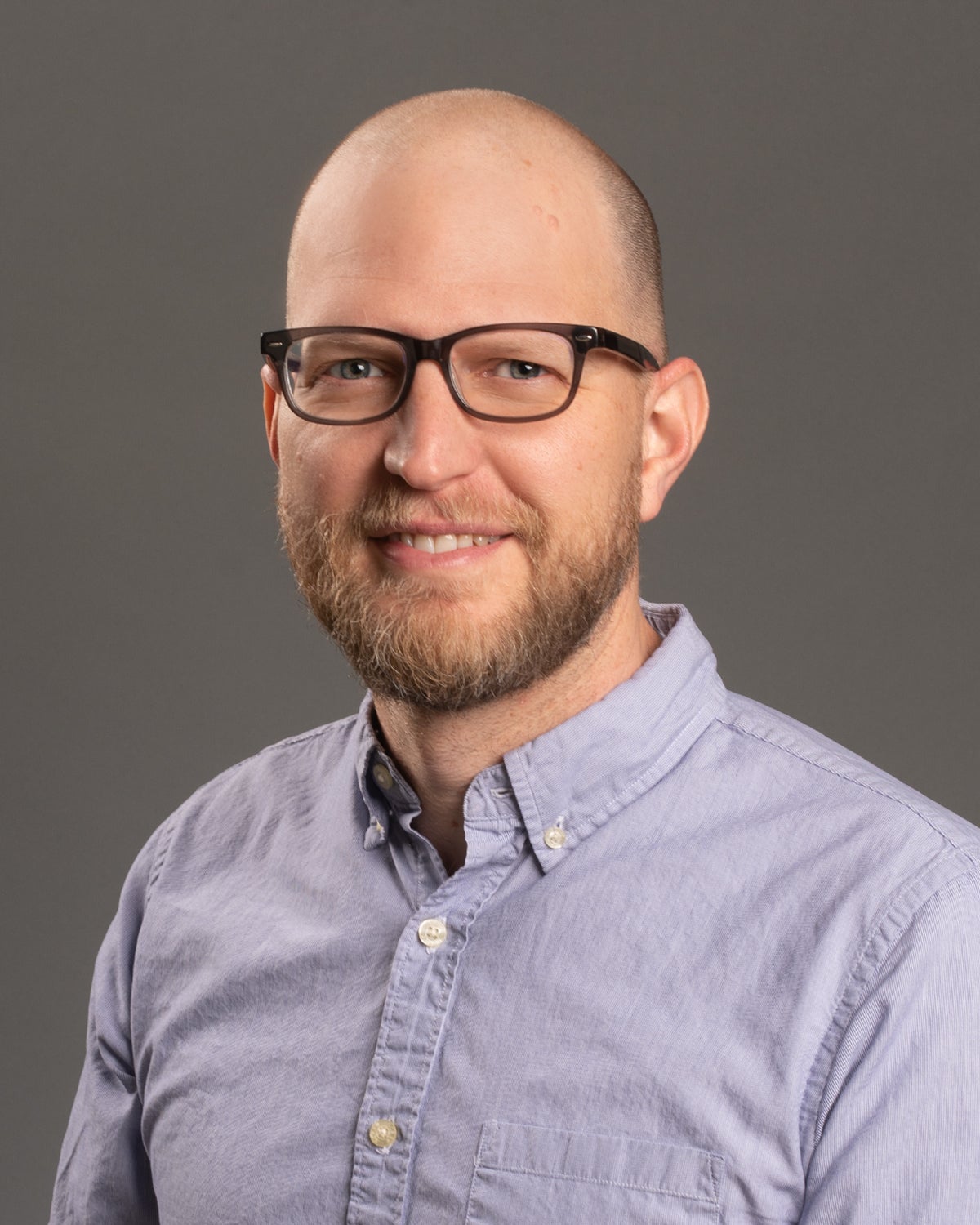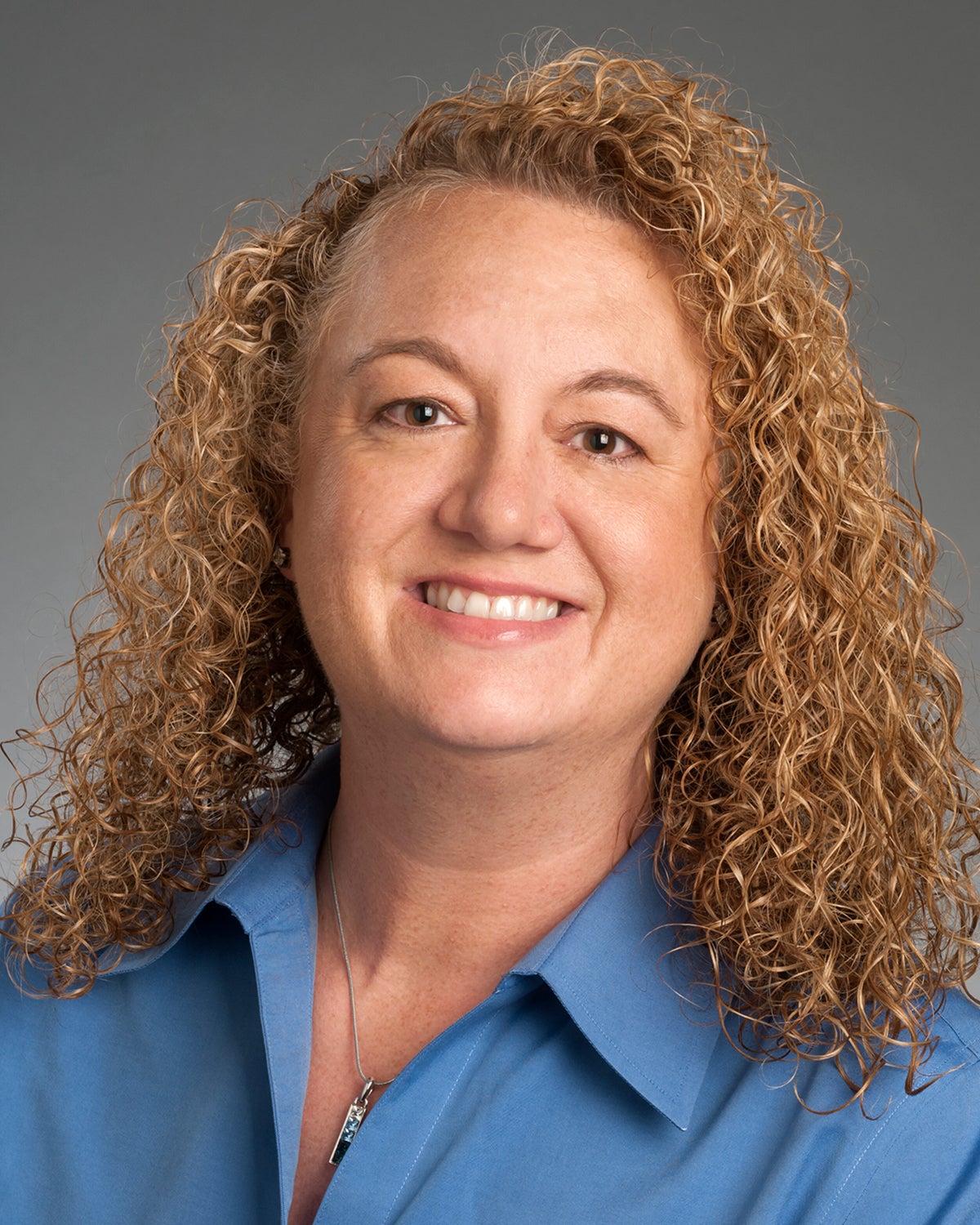What is credit for prior learning?
Boise State University’s credit for prior learning opportunities help students, whether measured in time, money or both. Credit for prior learning, sometimes called experiential learning, allows students to challenge courses they have knowledge in from past work, life or military experiences. If the challenge is successful, the student will not need to take the class but will receive credit for the course at a fraction of the usual price.
One Bachelor of Applied Science (BAS) student who utilized credit for prior learning at Boise State is Mark Homme. Homme described the program as a “huge benefit” to his academic success. Adult students like Homme often have significant college-level learning they have acquired outside the classroom, and credit for prior learning aims to recognize that experience.
The advantages of credit for prior learning is more than anecdotal evidence of students like Homme. In October 2020, the Western Interstate Commission for Higher Education (WICHE) and the Council for Adult and Experiential Learning (CAEL) released The PLA Boost, a 72-institution targeted study of prior learning assessment and adult student outcomes. Of the 11 percent of adult students who earned credit for prior learning, they received an average of 11.7 credits or nearly a semester of full-time credits. As a result of these credits, time savings for adult students ranged from nine to 14 months.
Students go further with credit for prior learning
Not only can credit for prior learning save money and time, data also indicates it may increase the likelihood that students graduate. According to The PLA Boost, adult learners nationally have a 27 percent completion rate, but that percentage rises to 49 percent for those who take advantage of credit for prior learning opportunities.

Credit for prior learning motivates students to finish their undergraduate education; it also inspires them to pursue additional academic opportunities.
“In continuing and professional education, I often see people who didn’t finish a college degree, take one of these online degree pathways and figure out how to get some credit for prior learning and sometimes they don’t stop with just a bachelor’s degree,” said Dr. Jeremy Graves, adjunct faculty and interim assistant director for Professional and Continuing Education. “All of a sudden, it opens the door for them.”
“I have seen people who took six years to get their undergraduate degree,” Graves expressed. “Then credit for prior learning just lit a fire under them, and then they’re like, ‘I’m gonna go get a Ph.D.’”
“All of a sudden, it opens the door for them.”
Dr. Jeremy Graves
adjunct faculty and interim assistant director for Professional and Continuing Education
Graves’ testimony of this furthered desire to learn after receiving credit for prior learning is reflected in the data. According to The PLA Boost, adult students who receive credit for prior learning take, on average, 17.6 more credits than those who do not receive credit for prior learning. While students receive time and cost savings through prior learning, additional course credits and increased degree completion rates benefit the university.
Student success at Boise State
During the fall 2020 semester, the Bachelor of Arts in Interdisciplinary Professional Studies (MDS) and Bachelor of Applied Science (BAS) programs had 31 students challenge courses.

To prepare to challenge courses, these students enrolled in the MDS 301 course, taught by Baker Lawley, a clinical instructor for experiential learning in the MDS and BAS programs. Using a textbook Lawley wrote through the Open Book Summer Grant program, the one-credit course guides students through the preparations of applying for credit for prior learning and develops their prior learning portfolio. A prior learning portfolio demonstrates the knowledge acquired outside the classroom and identifies how it is related to college-level learning.
The 31 students who took Lawley’s class challenged a total of 78 courses, with 71 being successful, a 91 percent success rate. In addition to the time reduced on the path to graduation, these students saved approximately $74,550 in tuition costs.
The 31 students who took Lawley’s class challenged a total of 78 courses, with 71 being successful, a 91 percent success rate.
Experience drives beneficial outcomes
Students have many options for applying for credit for prior learning. Traditional students may test out of classes through the College Level Examination Program (CLEP) or Advanced Placement (AP) Tests. Non-traditional students may also challenge courses by taking tests or through their prior learning portfolios.
As a learning portfolio advisor, Lawley sees many successful learning portfolios. Lawley recalled an example of a portfolio that allowed a student who was previously a police investigator to skip courses by demonstrating his knowledge in those areas. Lawley said, “the student successfully challenged his courses in teamwork and ethics because he had ongoing training in those subjects for decades.”

Rebecca Morgan, strategic partnerships manager for Adult and Organizational Outreach with Extended Studies, expressed how important it is for adult learners to be granted opportunities to demonstrate their prior knowledge. Non-traditional students can find themselves frustrated when, as a business owner for 20 years, they are required to take an entry-level business course. Not only does credit for prior learning recognize the valuable skills they already have, but it opens seats in those courses for the students who are still developing those skills.
While some students use the knowledge they have gained in the workforce to challenge courses; others use their personal expertise or background to earn credits. Morgan pointed out that while not the norm, there has been the occasional student with a personal passion for a subject that could allow them to challenge a course. One particular instance was a student who studied history extensively in their free time. From their years of independent study, the student could demonstrate the knowledge required to test out of a history elective.
While not everyone has extensive historical knowledge on their resume, foreign language can be a missed opportunity for multilingual students to utilize credit for prior learning. For example, native Spanish speakers can choose to challenge entry-level Spanish courses to earn credit, save time and graduate sooner.
“We’ve had students who are native Spanish speakers but don’t even think about testing out of Spanish courses,” Morgan explained. “Spanish satisfies a foundational credit requirement and can help those students choose a certificate or a minor in foreign language.”
“Spanish satisfies a foundational credit requirement and can help those students choose a certificate or a minor in foreign language.”
Rebecca Morgan
strategic partnerships manager for Adult and Organizational Outreach with Extended Studies
Credit for language courses may be part of the reason why, according to The PLA Boost, credit for prior learning boosts undergraduate completion rates for Hispanic adults by 24 percent.
Improving student outcomes with credit for prior learning
The MDS and BAS programs serve non-traditional students with diverse backgrounds and unique needs. Credit for prior learning helps the MDS and BAS faculty and staff meet students where they are and recognizes the valuable skills and knowledge students have already acquired.
Credit for prior learning helps the MDS and BAS faculty and staff meet students where they are and recognizes the valuable skills and knowledge students have already acquired.
Faculty and staff like Graves, Morgan and Lawley work to expand prior learning initiatives to help students. At the minimum, providing students with additional credit for prior learning opportunities improves degree completion rates and helps students save time and money. With continued devotion to expanding initiatives to the students who could benefit the most, prior learning has strong potential to close equity gaps in higher education.
More About the Interdisciplinary Studies Program at Boise State
More About the Bachelor of Applied Science at Boise State
Learn more about credit for prior learning at Boise State.
Story by Adam Thompson and Erin Taylor for Boise State Extended Studies
